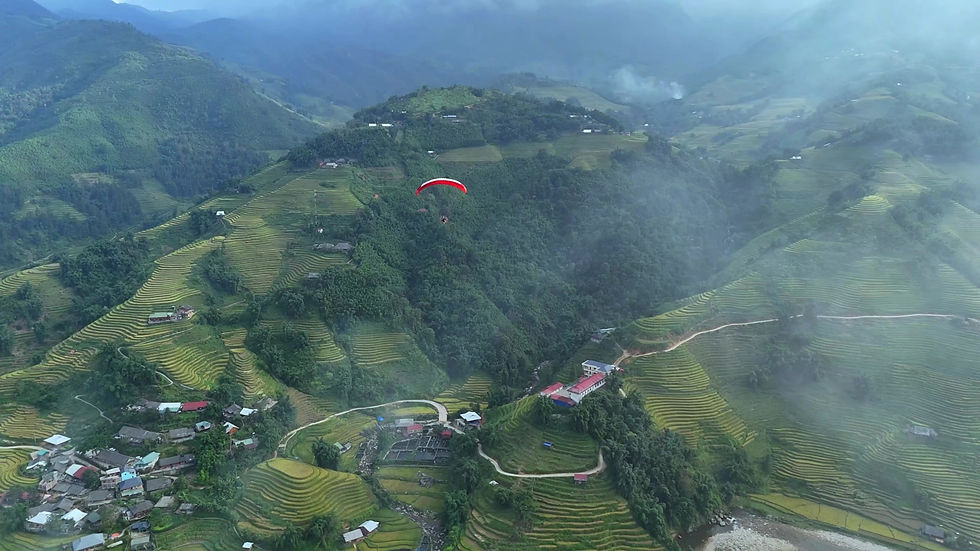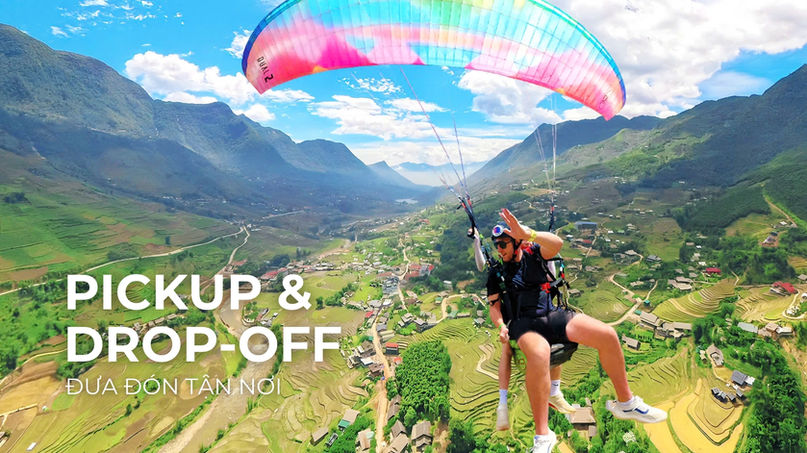top of page


CHẠM TỚI BẦU TRỜI
NHƯ 1 CHÚ CHIM!
Không buồng lái. Không tường chắn. Chỉ có bạn, bầu trời rộng mở và cảnh quan ngoạn mục. Trải nghiệm sự tự do thực sự khi bay bằng dù lượn động cơ.
Dễ dàng và an toàn
Video GoPro
Cảnh tuyệt đẹp
Phi công quốc tế
CÓ GÌ TRONG GÓI BAY?
Fly Sapa chuẩn bị hết! Bạn chỉ cần bay thôi

CÁC GÓI BAY CỦA FLY SAPA
NÂNG TẦM CHUYẾN BAY
CÙNG FLYCAM XỊN XÒ

BAY QUANH
RUỘNG
Thoải mái lựa chọn các cảnh quay hút hồn quanh ruộng bậc thang.
350.000 VND / 14 đô la

BAY TOÀN CẢNH
Quay toàn cảnh từ lúc cất cánh đến khi hạ cánh trên thị trấn Sa Pa.
500.000 đồng / 20 đô la
100 Frequently asked questions
Thông tin chung về dù lượnSo sánh Dù lượn & Dù động cơVề công ty FlySapaTrải nghiệm bayCông tác chuẩn bị & Điều kiện tham giaĐặt lịch & Thanh toánDi chuyển & Đưa đón tận nơiDịch vụ Quay chụp & Hình ảnhThời tiết, An toàn bay & Bảo hiểmBạn bè, gia đình và các dịch vụ khác

bottom of page






